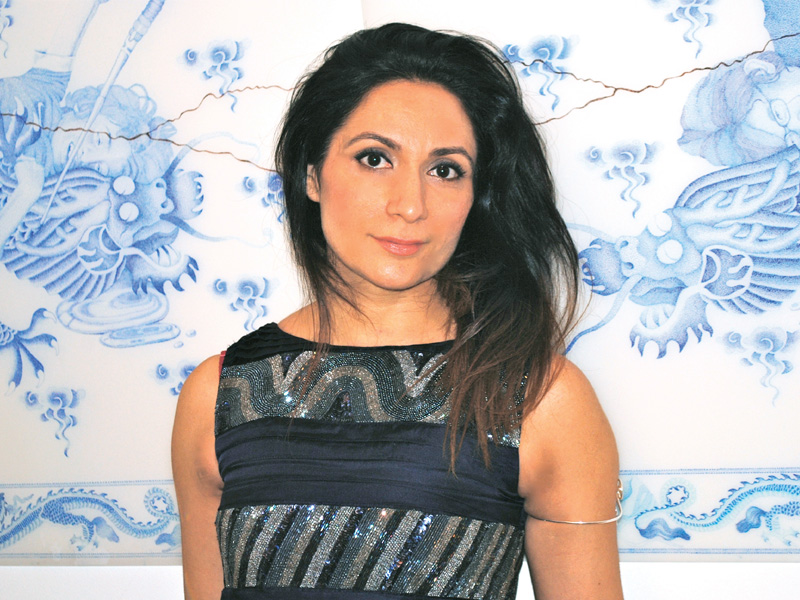
Born and raised in Lahore, Faiza Butt has emerged as one of Pakistan’s foremost contemporary artists, creating ripples internationally with her iconic, pop culture inspired images. Faiza was trained at National College of Arts in Lahore and at Slade School of Fine Art in London. She currently lives in London with her husband Richard and their two children Zack and Layla. In a genre of her own, her art pays homage to the miniaturist tradition, juxtaposed with current and controversial themes that explore issues of politics, gender and identity. Eroticised images of men from Northern Pakistan, meant to challenge stereotypical global perceptions, are a recurrent subject. She has exhibited her work extensively in Europe, the Middle East, South Asia and USA. ‘Aalmi’, her first solo exhibition in India is now on at the Vadehra Art Gallery in New Delhi.
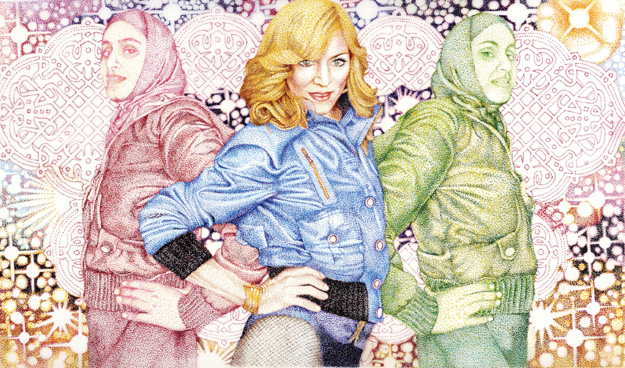
On her art
We live in an image-saturated world, but images are very powerful. I have recognisable imagery in my work because there is no such thing as either absolute abstraction or complete recognition; they overlap. There is something recognisable in total abstraction as well. I don’t like to put myself in a box. What I am is a political animal and my husband is fed up of it! We can be doing anything and politics kicks in; it bores him to tears! He understands that everything is political for me, this is what interests me. This is the role I want my art to play, to be as purposeful as a writer’s work can be.
On Local and International artists
Indian art is very different from Pakistani art as it is very nationalistic. The work of my contemporaries, Rashid Rana, Imran Qureshi, Hamra Abbas and Bani Abidi is very diverse and if people don’t know the origin, they cannot pinpoint it — something that is especially true for my work. The work of Damien Hirst and Tracy Emin is all about promotions and packaging. Overnight profiles of these artists were created, depicting Emin as a loose woman; a crazy drunk who talks about abortion and sex, and Hirst as this rock star character who talks about death. Their art works were established as assets overnight through marketing; the skull with diamonds is a horrible one liner as an art piece. It has no depth, it is just art that should titillate you very quickly.
The artists that I admire outside Pakistan are Gerhard Richter who is from Germany and the Italian Alghiero Boetti for the integrity and uniqueness of their art and for using the element of craft in art.
Video art and Installations
I believe that the idea matters more than the manifestation of it. Painting is a very tangible thing you arrive at — it’s desirable, portable. But when someone creates video art or does an installation in a gallery it is the creation of an idea — I find the spirit of it very holy, since they don’t want to make money. It is just a moment that has been created, a complex thought, as opposed to an object to sell and I have a lot of admiration for that.
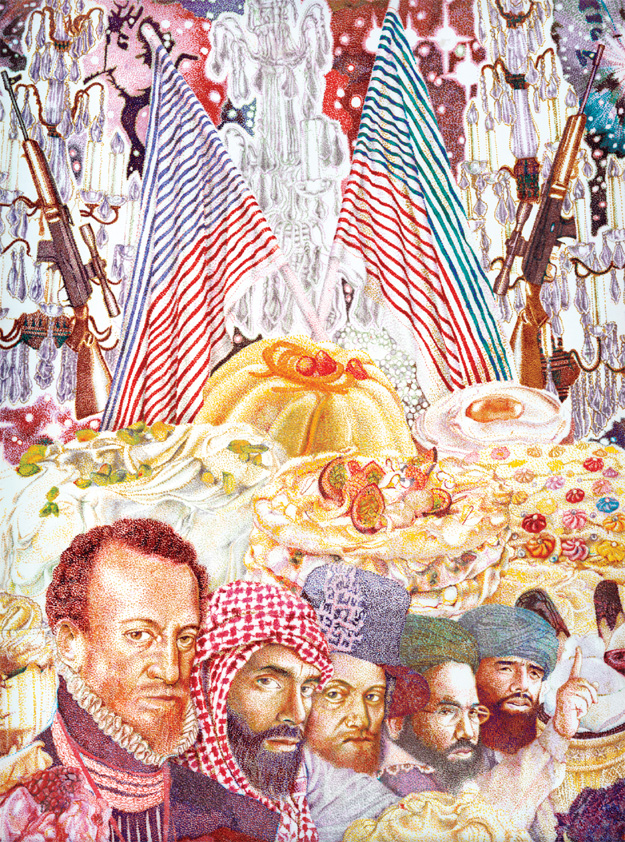
The work-life balance and raising children in a cross-cultural environment
I work 7 hours a day and the balance doesn’t exist. Sometimes I’m sleeping and thinking of what I should be doing. I work all the time now; I did not at one time, which made me very unhappy. Initially I tried to be a hero, doing the school run, cooking food from scratch, laying an organic feast on the table, worrying if the kids didn’t eat, etc. But now they are at the age where they can do most things themselves and are very independent like other children in the West. They are being raised in a very unique environment because of the area we live in and the school they go to, with kids from all sorts of backgrounds. They are being raised in the world of the future and will not fit into a narrow definition of whether they will be Pakistani or British. We also like to travel with them to places, which are a bit out of their comfort zone, like Marrakesh, Turkey and Pakistan.
Living in East London
This area is considered very bohemian right now. Many art and theatre venues like the Arcola theatre are located here, also street bars and a vibrant nightlife for artists such as the Dalton Superstore, which is very popular with the stars. It’s a grotty little place but people can be themselves there, a non-judgemental place of the future.
Gadgets and Gizmos
I have come across this amazing gadget, the Wacom tablet, which is an electronic drawing board. I draw on it like I would draw on paper and it records it electronically and prints it on a large scale and it lets me do everything that paper and pen let me do. It connects to the Mac and I’m really playing around with it — some of the works for India were made with this.
Time out
I don’t like to go out that much in London but I love farm house parties in Lahore. It is gratifying to be at a place where I know the people and I enjoy the food. I’ve got a good Pakistani base in Dubai also and I enjoy going to the fantastic Cavalli and Armani bars to people watch.
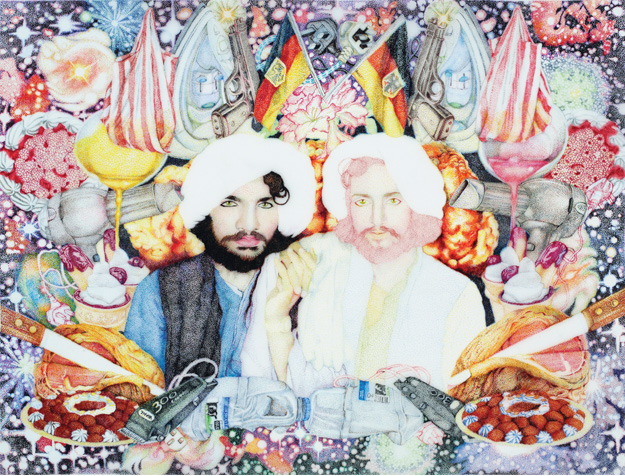
Published in The Express Tribune, Sunday Magazine, January 6th, 2013.
Like Express Tribune Magazine on Facebook to stay informed and join the conversation.
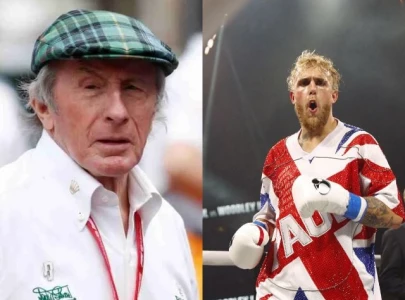



1731325890-0/trump-(24)1731325890-0-165x106.webp)












COMMENTS
Comments are moderated and generally will be posted if they are on-topic and not abusive.
For more information, please see our Comments FAQ